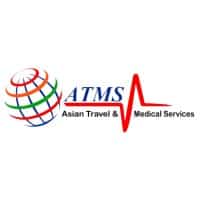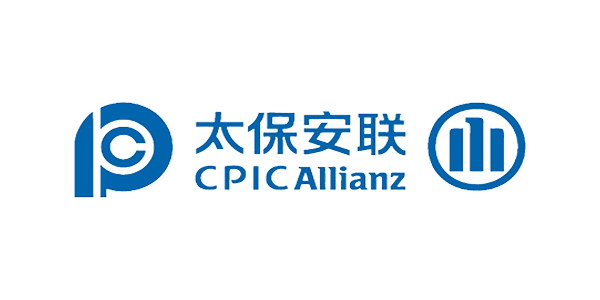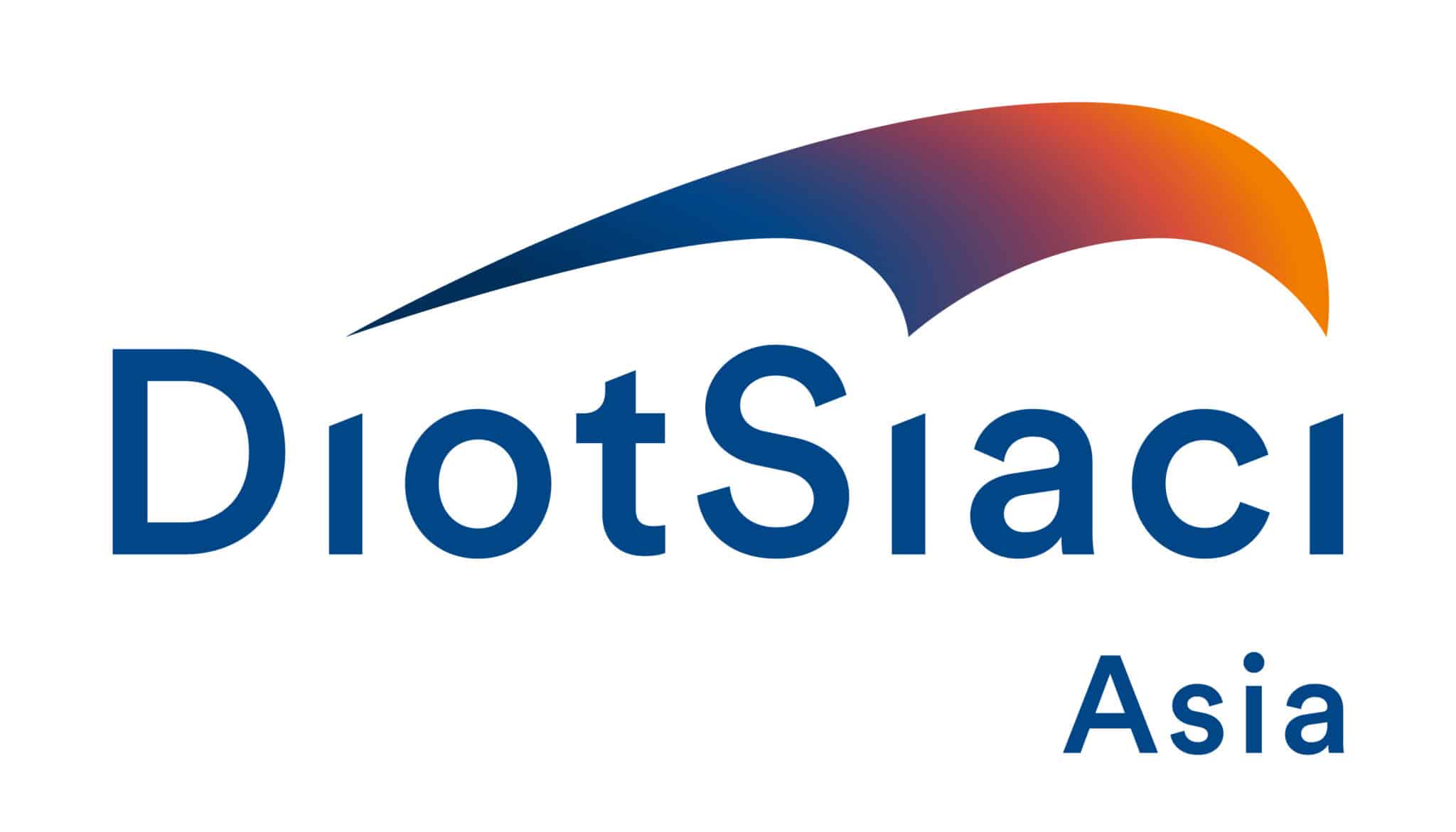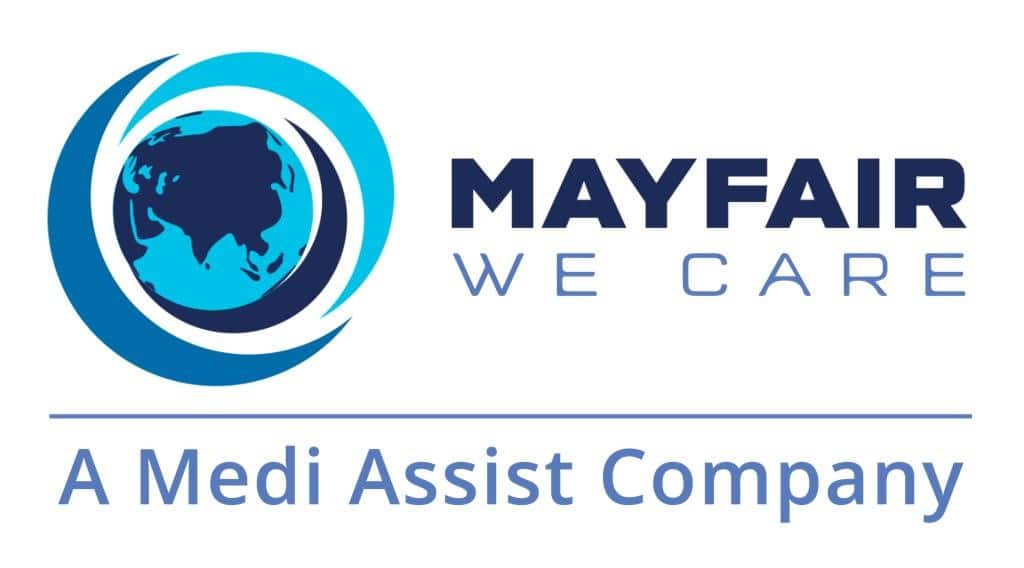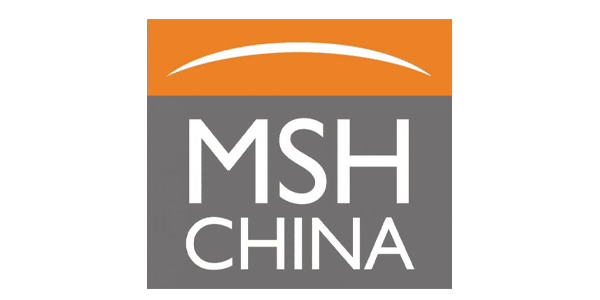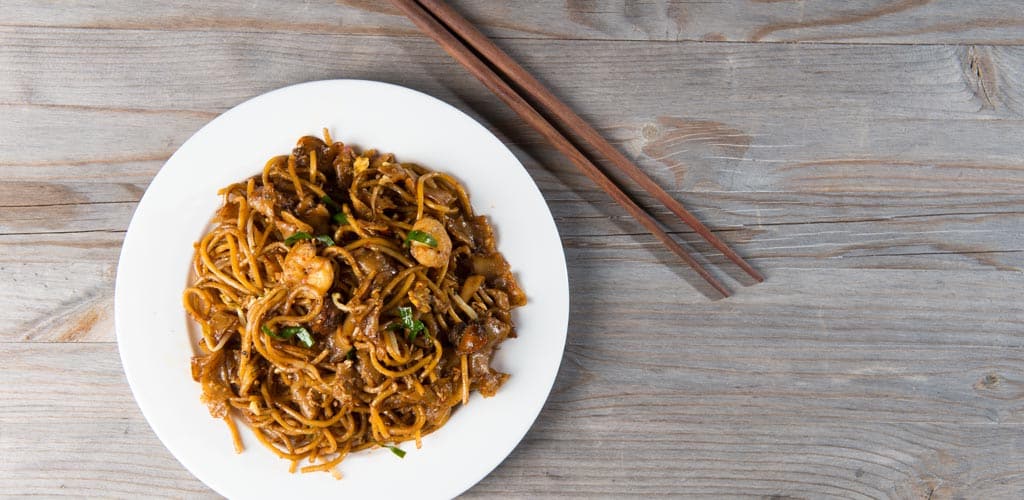
Singapore is well known as a nation of foodies and trying all that delicious food at the hawker centre is the quintessential Singapore experience. However, many of the classic Singaporean dishes can be rather unhealthy and although an occasional indulgence once a month is not going to blow your diet, what is one to do if we eat hawker food regularly?
Fortunately, the Singapore government is on a “War against Diabetes” and the Health Promotion Board has worked together with many hawkers to offer healthier versions of their classic dishes, marked by the red pyramidal symbol and a larger circle stating if the dish is healthier because it uses whole grains, less salt, healthier oils or less sugar.
What are some tips to make a healthier choice?
In general, try to make your meal a “Healthy Plate” – meaning that a quarter of your plate should comprise of whole grains, a quarter of protein like meat or tofu and half the plate should comprise of vegetables or fruit.
Many hawkers allow you to make special requests like less rice, more vegetables, less oil or less gravy.
For noodle dishes, those cooked in soup are healthier than dry or fried noodles.
For rice based dishes, do ask for less rice, brown rice and less curry or gravy.
Which foods should be avoided? Why?
Avoid deep fried and fried food, food cooked in coconut milk and too much fatty red meat as this would add too much fat and calories to your diet. Gravy is often made with fat and a lot of sodium and although delicious, should be eaten in moderation.
The classic dish of chicken rice is high in saturated fats but if you opt to change the rice to plain rice, the poached chicken itself is very healthy and just ask for more cucumbers and tomatoes.
Dishes like char kway teow, fried carrot cake, oyster omelette and satay are full of saturated fats and carbohydrates and should be considered rare treats.
Sweet drinks contain a lot of calories, more than in many foods and should be avoided. Opt for mineral water, unsweetened soya milk, or plain tea and coffee.
Are there healthier options?
Common dishes that are inherently already healthy would include :
- Fresh spring rolls either Popiah or Vietnamese spring rolls, are basically delicious wraps filled with vegetables and a little protein.
- Fish soup is a delicate broth with sliced fish, vegetables and tofu served with either rice or noodles. Decline the offer to add fried fish slices or evaporated milk to the dish.
- Wonton Noodles can be healthier too if you ask for it in soup, with a larger serving of vegetables and don’t add fried wontons. Don’t drink all the soup to reduce your sodium intake.
- Similarly, fish ball noodle soup with beehoon or tanghoon noodles and extra beansprouts and vegetables can be quite a good choice.
- Rojak is a salad tossed in shrimp paste dressing ( just ask the hawker to omit the deep fried crullers in favour of extra crunchy cucumbers and ask for less dressing)
- Yong Tau Foo stalls display a dizzying phletora of fish paste stuffed toufu and vegetables. You should choose lots of vegetables and avoid the deep fried items. You don’t even have to have a noodle if you want a low carb meal and do choose to have it in soup rather than drown the dry version in sauce.
- “Economy rice” stalls display a variety of cooked dishes and if you look closely, many are steamed or stirfried choices. Choose brown rice if they have it, otherwise ask for less rice, choose 2 vegetable dishes and 1 protein, preferably steamed or boiled.
- For Indian food, choose a thosai or chappati instead or roti prata or naan, opt for lentils and vegetables instead of a meat curry.
- At Malay stalls opt for Mee Soto with whole meal noodles and extra bean sprouts and don’t drink the soup if it’s too salty.
- Opt for sliced fruit rather than fruit juices.
Are there other concerns about Hawker Stalls (i.e. cleanliness?)
Hawker centres in Singapore have to adhere to strict hygiene standards and hawkers have to go for health examinations. The stalls are also inspected by the National Environment Agency and receive grades based on their housekeeping standards, hygiene and cleanliness, these grades A (the cleanest) to D have to be prominently displayed at the stalls. There is also a demerit point system and stalls are shut down if they fail. It is generally very safe to eat at hawker centres in Singapore.

To book an appointment, please call +65 6733 4440 or book online.






